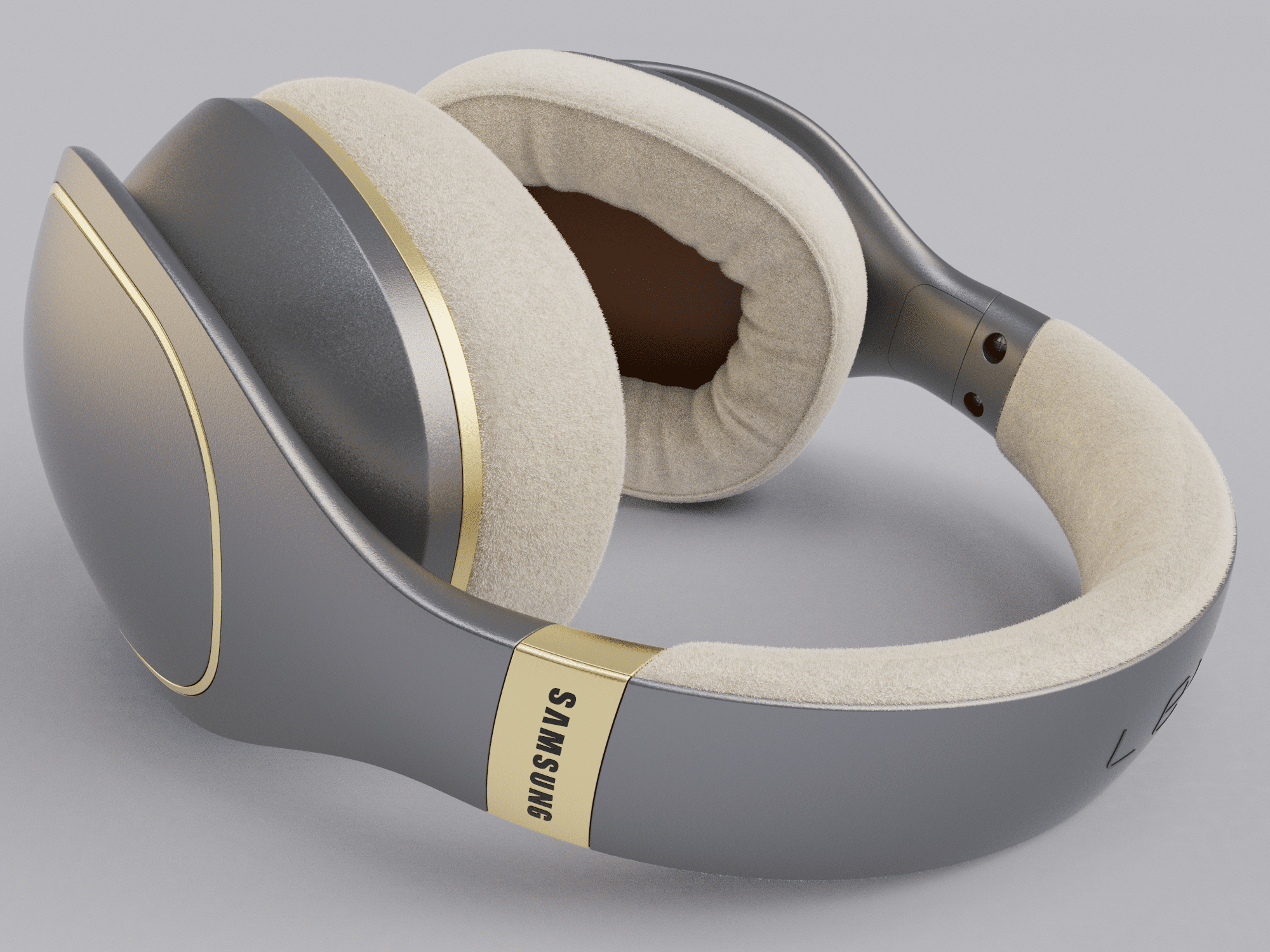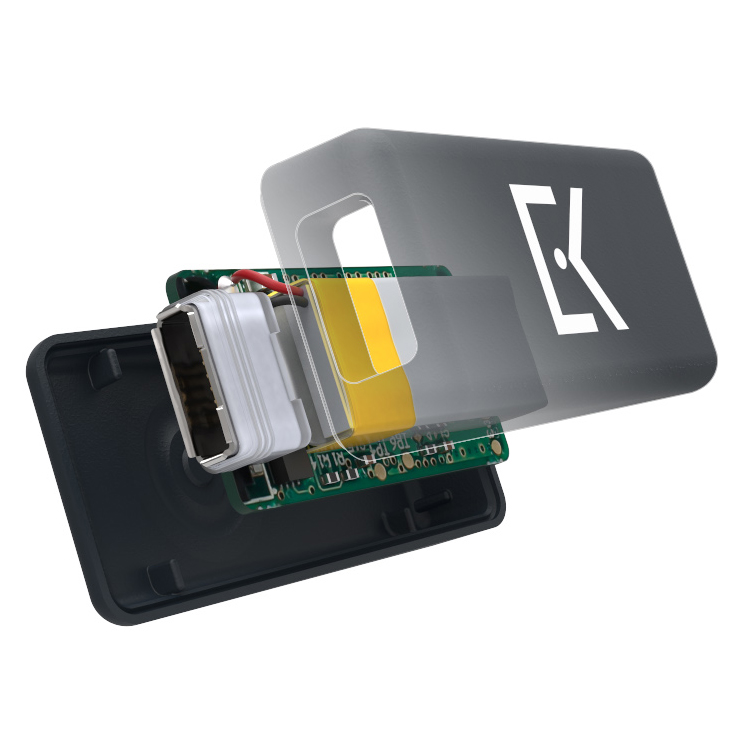

You can find these in the KeyShot Library window. KeyShot comes with preset materials for many different plastic materials. This is a very versatile material type, and, with the right settings and textures applied, can even be used to create non-plastic materials like concrete, wood, or leather. You can also create transparent plastics by controlling theTransmission colors under the Advanced options. Set the Diffuse (overall color) and add some Specular (reflections) then just dial in the Roughness. The plastic material provide the basic settings needed to create simple plastic materials. keyshot tips material types keyshot materials From there you can edit and adjust the materials to fine tune the look. When you select OK, KeyShot will apply that Material Type to all the selected parts in the model. This will bring up the Select Material Type window where you can select a different Material Type from the pulldown menu. Right-click and select Material, Change Material Type. Select (or Ctrl-select) the parts you want to change from the Project, Scene tab. When working in a scene, sometimes you want to change some or all of the materials to a single Material Type. For example, the Paint Gloss Black material preset uses the Paint Material Type. You can see what Material Type a preset uses by double clicking a material applied to a part. Each Material Type contains specific settings to provide the most accurate appearance. All of these are created using a KeyShot Material Type. In the next chapter, I will show how I rendered the different passes that I then used in Photoshop to composite the final image.Īll shaders applied and ready for rendering.The Material Library in KeyShot contains hundreds of preset materials. Here you can see my model with the main materials applied to each SubTool. Not all the materials have the same texture slots, depending on their properties.Īdding textures to the material. Still in the Material panel, next to the Properties tab, you will find the Textures, where you can change or add additional textures to your material. Select the Material of a particular mesh and modify its parameters.

All the materials don't have the same parameters in this example, this one has a subsurface property which you won't find on other materials such as metals. Here you will find different parameters to modify its colors, specular, and so on. To modify a material, double-click on the SubTool with the material you want to modify and the Material tab will open in the scene panel. So if you want to change the material but keep the texture, hold ALT then click and drag the material to your mesh.Ĭhoose a material and apply it to a part or your entire model. Upon clicking on a material, KeyShot will remind you to Hold Alt if you want to retain the texture of your model.

Alternatively, you can click and drag the material on the name of the SubTool (or on the group if you want all the SubTools to have the same material) on the right panel.

To apply a material, simply choose one from the library and click and drag this material to the part of the model you want it to be applied. Model imported in KeyShot and overview of KeyShot's interface. On the left panel is the library where all the Materials, Colors, Environment maps and other textures are located. On the top of this panel, you will find the different tabs where we will modify and create the Materials, Lighting and Cameras. On the right panel, you will find your model, with all its different SubTools, that can still be selected separately. You can see that KeyShot has imported your model perfectly, with its textures applied to it. Just go to the Render menu and in the External Renderer palette, click on the button KeyShot, then, do a BPR render to send your model automatically to KeyShot.Įnable the KeyShot bridge in the Render menu in ZBrush. Step 1: Sending model from ZBrush to KeyShotįrom ZBrush, it is now very easy to send your finished model to KeyShot with the KeyShot bridge. I will show the different materials I have used and the lighting setup I have created to render my image Mer-Man. Know the Basics: ZBrush - part one: Modeling Know the Basics: ZBrush - part two: Texturing Know the Basics: ZBrush - part three: Posing Know the Basics: ZBrush - part four: FiberMesh and UVs This tutorial will cover the basics of applying and modifying materials, and lighting a scene in KeyShot.
#KEYSHOT MATERIAL LIBRARY SERIES#
3D art director Gregory Stoffel continues the Know the Basics: ZBrush series by looking at the lighting and materials options using the ZBrush to KeyShot bridge.


 0 kommentar(er)
0 kommentar(er)
